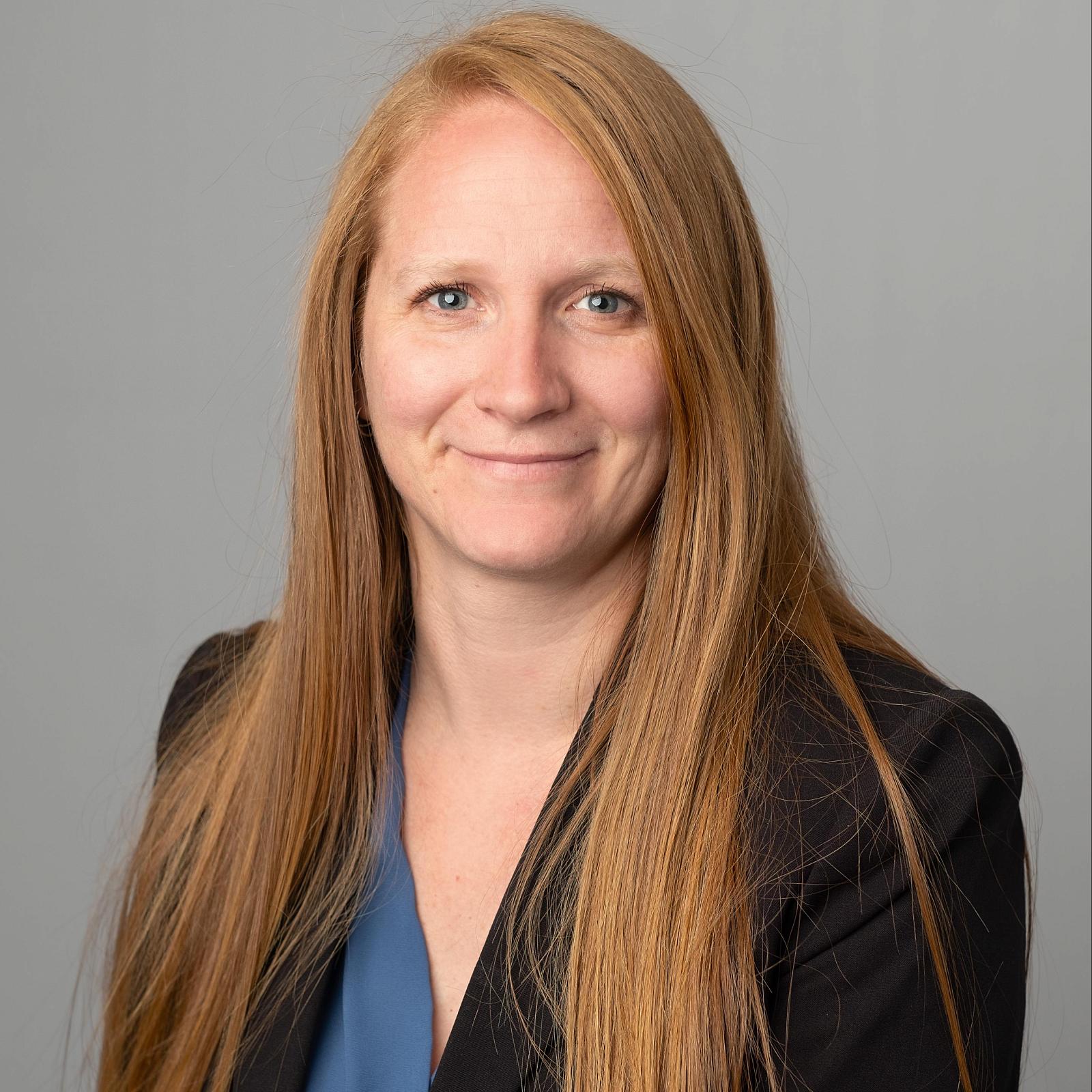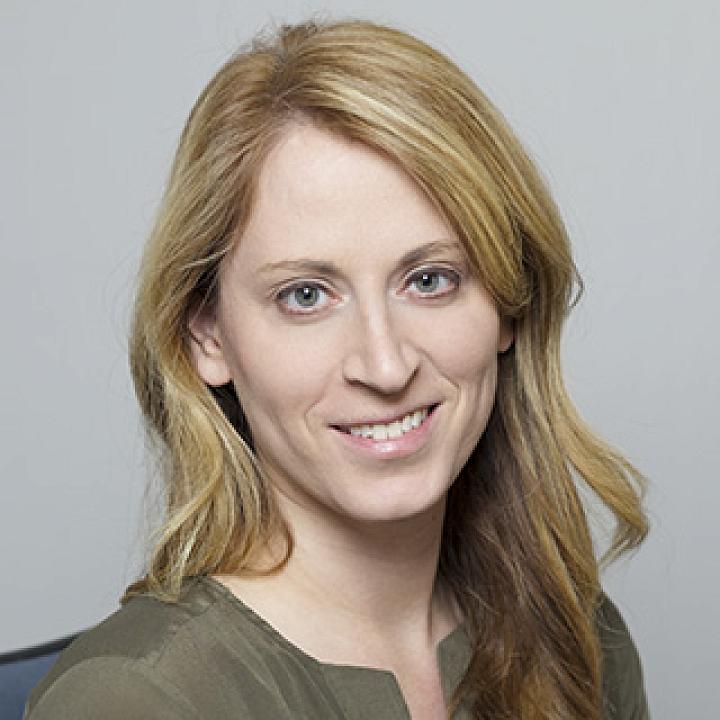
Neuroradiology Fellowship
Jump to
Program Overview and Scope of Training
The Neuroradiology Fellowship Program at University of Utah Health is designed to provide participants with state of the art, academic neuroradiology training across all subspecialty areas of neuroradiology. Focused areas of excellence include head and neck imaging, high resolution MRI, MR and CT angiography, interventional neuroradiology, spine intervention, and pediatric neuroradiology. The clinical and research faculty is dedicated to clinical service, education, and research.
Eight fellows are accepted to the program. Both one- and two-year fellowship positions are available. Neuroradiology fellows rotate through one to two-week blocks consisting of acute neuroradiology imaging, advanced MR brain and spine, head and neck, neuroangiography, spine intervention, and pediatric neuroradiology. These rotations occur at University of Utah Hospital, Huntsman Cancer Institute at the University of Utah, Salt Lake City Veterans Affairs Medical Center, and Primary Children’s Hospital. Second year fellows are compensated with academic time, mentorship, and opportunities to further subspecialize in spine intervention, head and neck, pediatric, and vascular imaging. Graduates from the two-year program are fully prepared to function in either an academic or private practice environment.
Our trainees have a long-standing tradition of presenting excellent exhibits and papers at professional society conferences. In our program, fellows should participate in clinical, basic biomedical, or health services research projects, and should undertake at least one project as principal investigator. Results of such projects should be submitted for presentation at a regional or national meeting. Funds are available to sponsor attendance at a meeting if a presentation is accepted.
Mission & Aims
Mission Statement
- To provide participants with state of the art, academic neuroradiology training across all subspecialty areas of neuroradiology.
- To train physicians to be vital members of the health care team and future leaders in medical imaging.
- To provide compassionate care without compromise.
- To promote personal responsibility and well-being
- To advance knowledge through research
Program Aims
Excellence in Education: Our trainees learn radiology and imaging science from world-renowned radiologist educators, both at the point of care and through a well-established didactic and case-based education curriculum.
Excellence in Clinical Care: As a specialized referral center that cares for patients and receives imaging from a 5-state geographic area, our trainees work with state-of-the-art technology at our facilities and understand the variability of technology they will encounter in clinical practice. Our trainees learn to be efficient, thorough and accurate in their interpretation of imaging
Excellence in Research and Innovation: Our trainees have access to customized training to create and promote value transformation in healthcare, through research, and leadership. We also provide access to high quality research training and support through collaboration with the Utah Center for Advanced Imaging Research
Eligibility
All required clinical education for entry into ACGME-accredited fellowship programs must be completed in:
- an ACGME-accredited residency program, OR
- an AOA-approved residency program, OR
- a program with ACGME International (ACGME-I) Advanced Specialty Accreditation, OR
- a Royal College of Physicians and Surgeons of Canada (RCPSC)-accredited residency program located in Canada OR
- College of Family Physicians of Canada (CFPC)-accredited residency program located in Canada.
Prerequisite experience for entry into the fellowship program should include the satisfactory completion of a diagnostic radiology residency program accredited by one of the organizations identified above.
Due to the large number of applications, our selection committee places significant emphasis on key factors such as research experience, volunteer work, USMLE Step 2 and 3 scores, potential for an academic career, exceptional letters of recommendation, and personal characteristics that demonstrate determination, a growth mindset, maturity, strong communication skills, and adaptability.
General characteristics of applicants that have matched to our program in the last 3 years include: Chief Resident, excellent USMLE step scores, participation in research, and demonstrated experience as a presenting author at national conferences.
While we believe these characteristics make for an excellent fellowship candidate, none of these criteria are requirements. We believe in reviewing applications holistically as applicants may excel in some particular areas.
International Medical Graduates
In addition to the above, international Medical Graduates must meet the following eligibility criteria:
- Must be ECFMG certified before training begins on July 1
- If needed, the candidate must have a clinical J-1 visa before training begins on July 1
- Must meet the GME and Utah licensing requirements
For candidates interested in completing the ABR Alternate Pathway Program, please visit our Alternate Pathway page for more information.
Application Overview & Timeline
We currently have eight positions in our Neuroradiology Fellowship program. We strive to compose a class of trainees that have unique talents and perspectives to enrich our program. We encourage qualified applicants with all variety of backgrounds to apply. University of Utah is a wonderful place to train!
We participate in the Neuroradiology Fellowship Match sponsored by ASNR and managed by the National Resident Matching Program (NRMP). Our fellowship program follows the guidelines set for the match by ASNR and will be hosting virtual interviews mid-January through February. Invitations to interview will be sent out starting in late December through Thalamus. The preferred application deadline for our program is December 10th. Applications submitted after this date may be considered, but interview invitations will be subject to availability.
Summary of Important Dates
- November 13 – First day to accept applications
- January 13 – Earliest date for hosting interviews
- March 31 – Last date for hosting interviews
- April 16 – Ranking opens
- June 4 – Ranking closes
- June 18 – Match Day
Sample Interview Day Schedule
| 7:30 | Program Director Welcome |
| 8:30-11:30 | Faculty Interviews |
| 11:40 | Program Director Closing Remarks |
| 12:00-12:30 | Fellow Social |
How to Apply
We only accept applications and supporting documents via the Electronic Resident Application Service (ERAS). Applications must be completed in full prior to your interview.
Your application should include:
- Common ERAS application form
- Curriculum Vitae
- Evidence of research activity (may be listed on your CV)
- One-page personal statement
- USMLE scores for steps 1, 2 and 3. COMLEX scores may be substituted for USMLE
- Dean’s Letter (MSPE)
- Medical School Transcripts
- Personal photograph
- Three letters of recommendation, one of which must be from your current program director
International medical graduates must also include the following:
- Valid ECFMG certificate with Clinical Skills Assessment certification
- Evidence of previous training in the United States (if applicable)
Policies, Requirements, and Agreements
The Graduate Medical Education (GME) policies apply to all residents and fellows at the University of Utah.
Applicants are specifically encouraged to review the following GME policies:
- Eligibility, Selection and Credentialing
- Specific USMLE requirements
- Medical License, Controlled Substance, DEA, NPI
- IMG Eligibility and Exams
- All trainees in clinical programs who require visa sponsorship must obtain a J-1 clinical visa
The Neuroradiology policies are maintained on an internal University server. All current fellows and faculty have access to these policies at all times. The selected policies listed below may be of particular interest to applicants:
Fellows are supervised closely by Neuroradiology faculty and their responsibilities include the following:
- Protocols and interpretation for all imaging
- MRI, CT and radiograph training
- Training in all neurointerventional procedures
- Spine Intervention training
- Pediatric neuroradiology training
- Didactic lectures/case conferences for residents
Academic time:
Approximately one day every other week, as scheduling allows
Call responsibilities:
Fellows take call with faculty, usually one week of every eight, depending on number of fellows.
Hospitals Covered
- University of Utah Medical Center
- Huntsman Cancer Hospital
- Clinical Neurosciences Center
- Primary Children's Hospital
- Salt Lake City Veteran's Affairs Medical Center
Why Utah?
From sheer beauty to being the right size to the global influence of our health system, Utah has way more to offer than people know.
Living in Utah
From restaurants and museums to sports and outdoor events, check out our definitive guide to living in Utah!
Verifications
We use the standardized “Verification of Graduate Medical Education Training” (VGMET) form released in 2018 by the ACGME, AHA, NAMSS, and OPDA. If you have a customized form, require program director signature and/or our institutional seal please select the appropriate option and email us the form.
A charge of $25.00 - $55.00 will be assessed for each comprehensive letter of verification, payable via credit card using our on-line payment portal (or by check, if submitting the request by US mail). This charge is in place to offset the fees we commonly incur while credentialing our own incoming residents and fellows. We apologize for the inconvenience.
Once the request has been submitted via the link below, please e-mail a completed Authorization for Release of Information form to RadiologyResidency@utah.edu.
When we have received the payment and trainee authorization, you will receive the completed verification of training form via e-mail. If you have further questions, please call 801-581-2868.
The University of Utah School of Medicine does not discriminate on the basis of gender, sexual orientation, race, age, religion, color, national origin, disability, or veteran’s status. In accordance with the requirements of The Americans with Disabilities Act (ADA) and Section 504 of the Rehabilitation Act of 1973, as amended, (Section 504), the University of Utah provides reasonable accommodations to qualified individuals with disabilities, so that they may fully participate in its academic programs, employment opportunities, medical services, programs, and events.




